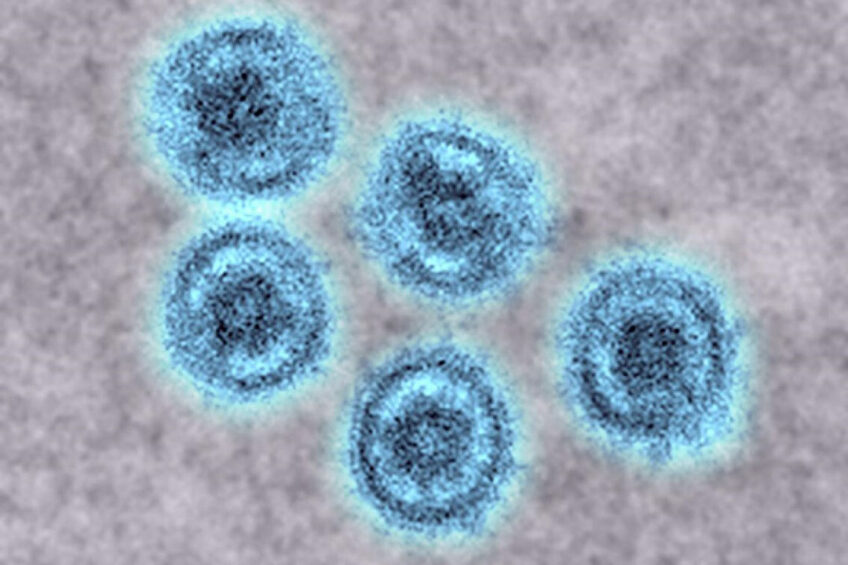Reston virus “should be seen to have zoonotic potential”

Reston virus should be considered a livestock pathogen with zoonotic potential. That was the outcome of a US study in pigs, who found that piglets experimentally infected with the virus developed severe lung problems and also shed the virus.
Reston virus is one of the 6 known viruses within the genus Ebolavirus. Unlike most of the virus members within the Ebola genus, Reston virus so far has only led to rare asymptomatic infections in humans. Until 2008, the virus had been only reported to cause clinical disease in monkeys. The 2008 and 2009 emergences of the Reston virus in pigs and humans in the Philippines, however, raised concerns about food safety, pathogenicity, and zoonotic potential.
To find answers for potential zoonotic threat of the Reston virus, the US research team performed a pathogenicity study in piglets, which was recently published in Proceedings of the National Academy of Sciences. The team demonstrated that young pigs develop severe respiratory disease upon Reston virus infection and shed virus from mucosal membranes of the respiratory tract.
The Reston virus challenge
To determine susceptibility to infection, the researchers studied Reston virus infection in piglets of 3, 5 and 7 weeks of age, that were divided into 2 groups. Half of the animals were infected by Reston virus through a combination of the oropharyngeal and nasal route. The team used the strain Reston 08-A, strain isolated from a Philippine pig in 2008. The other half was received a mock infection. The effect of infection was analysed at 3 and 6 days post-infection.
Reston virus infection and shedding in pigs
Their study demonstrated that oropharyngeal and nasal infection of piglets with Reston virus results in severe respiratory disease, with most animals reaching humane endpoint within a week. Reston virus-infected pigs developed severe cyanosis (purple skin), tachypnoea (rapid breathing), and acute interstitial pneumonia, with Reston virus shedding from oronasal mucosal membranes. Respiratory distress peaked at 6 to 7 days post-infection. Mock-infected pigs did not show any disease symptoms.
 Find out more about pig health in the
Find out more about pig health in the
Pig Progress Health Tool
Should Reston virus be labelled zoonotic?
From the evidence in their study, the researchers concluded that Reston virus should be considered a livestock pathogen with potential zoonotic transmission impacting on animal and human health.
The research team advised, “Although there seems to be no immediate threat of Reston virus introduction into other countries, the Reston virus situation in pigs in the Philippines and other South East Asian countries should be closely monitored. Regulations for import/export of live pigs and pork products should consider Reston virus as a potential transboundary animal disease.”
The scientific publication was authored by Elaine Haddock, Greg Saturday, Friederike Feldmann, Patrick W. Hanley, Atsushi Okumura, Jamie Lovaglio, Dan Long, Tina Thomas, Dana P. Scott, Mikayla Pulliam, Emmie de Wit and Heinz Feldmann, National Institute of Allergy and Infectious Diseases , Hamilton, MT, USA; and Jürgen A. Richt, Kansas State University , Manhattan, KS, USA. Author Okumura is also attached to Colombia University , New York, NY, USA.
 Beheer
Beheer






 WP Admin
WP Admin  Bewerk bericht
Bewerk bericht